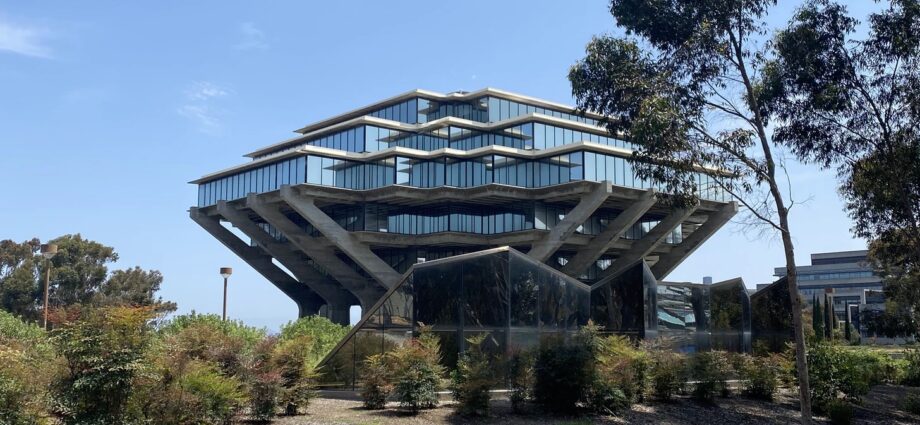Some cities can learn a thing or three from college campus design
By Anar Salayev, San Diego Correspondent at Pedestrian Space
This past weekend, my girlfriend and I decided to ride some Spin scooters around the University of California, San Diego’s campus. I quickly noticed some well thought-out details around campus that would be beneficial to implement across more cities in the United States.
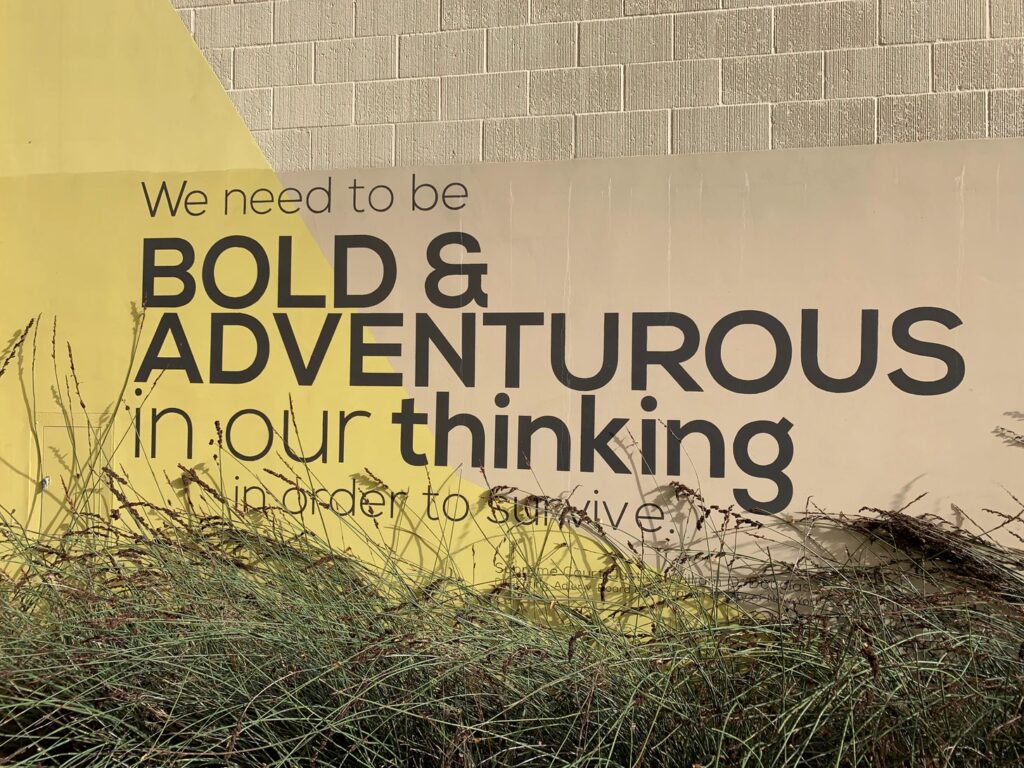
- Lighting – I was pleasantly surprised at how well-lit the campus was. Pathways were clearly marked with reflective paint, well-placed emergency blue light boxes acted as safety beacons, and (coolest of all) sensor activated lighting that brightened as we approached.
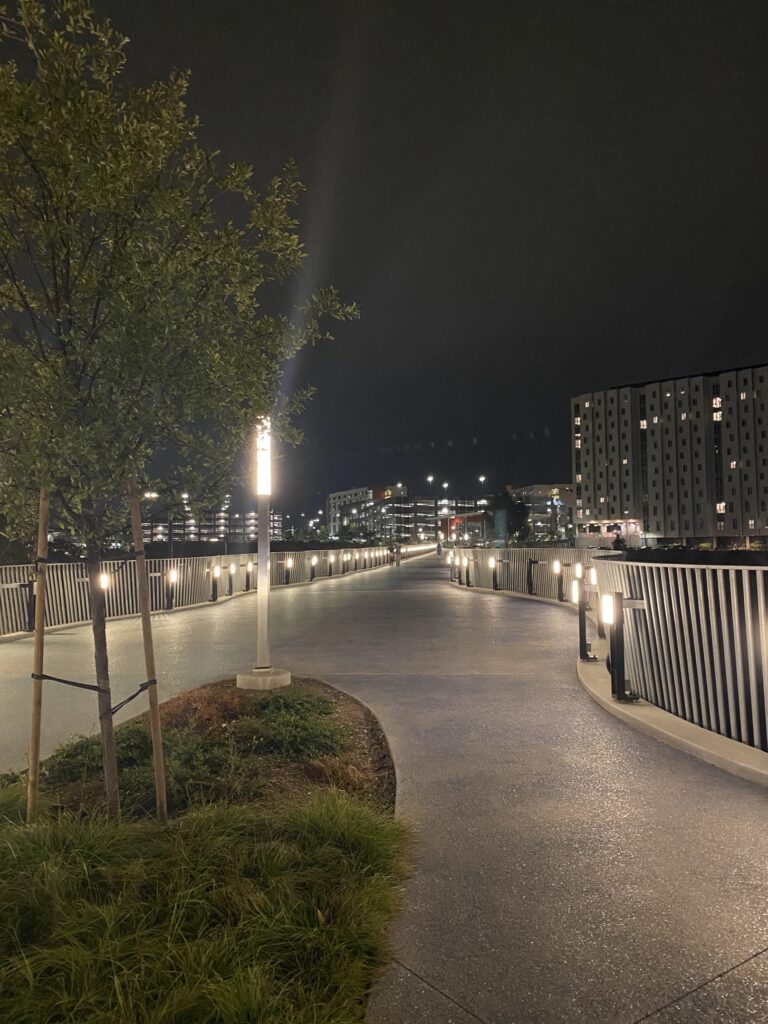
- Bike, micro-mobility, and pedestrian-friendly infrastructure – UCSD received the Bronze award by The League of American Bicyclists for the first time in 2019. While there is certainly room for improvement, there are meaningful steps being taken to address the needs of cyclists and pedestrians. In the last couple of years, UC San Diego has:
- Worked with SANDAG and MTS to extend the existing MTS Blue Line trolley to serve UC San Diego East and West campus (via the new Voigt Drive and Pepper Canyon trolley stations, respectively);
- Expanded their bicycling infrastructure – including new bike and shared-use lanes, bicycle maintenance stations, bicycle cages;
- Partnered with SPIN on several e-scooter pilots as part of their university-wide goal of becoming carbon-neutral by 2025. These pilots resulted in a partnership program that really picked up steam. The on-campus implementation includes GeoZone parking, in-app incentives to return to specific charge-points, and (most importantly) discounted rates with a UCSD domain.
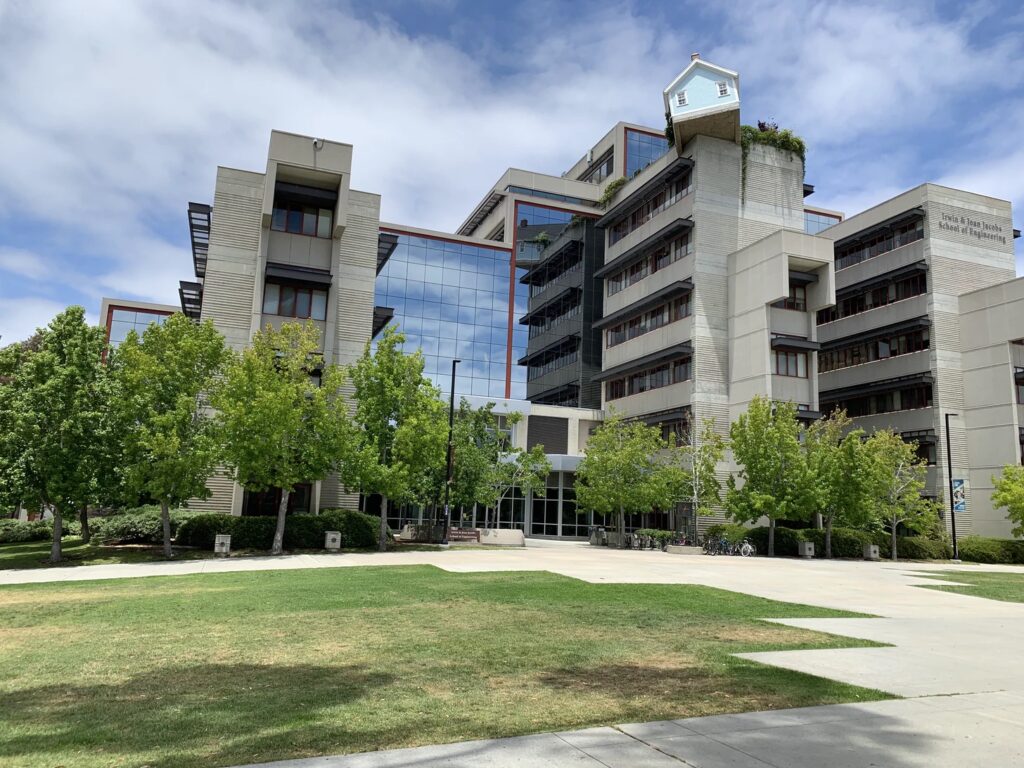
- Trees and natural environments – UCSD, like many campuses I’ve visited, is covered in foliage (a lot of them native to Southern California). UCSD has been named “Tree Campus USA” by the Arbor Day Foundation and this was a decade before UCSD Sustainability kicked off its Thousand Tree Initiative in 2019 (which, as of May 2021, has added 530 new trees across campus).
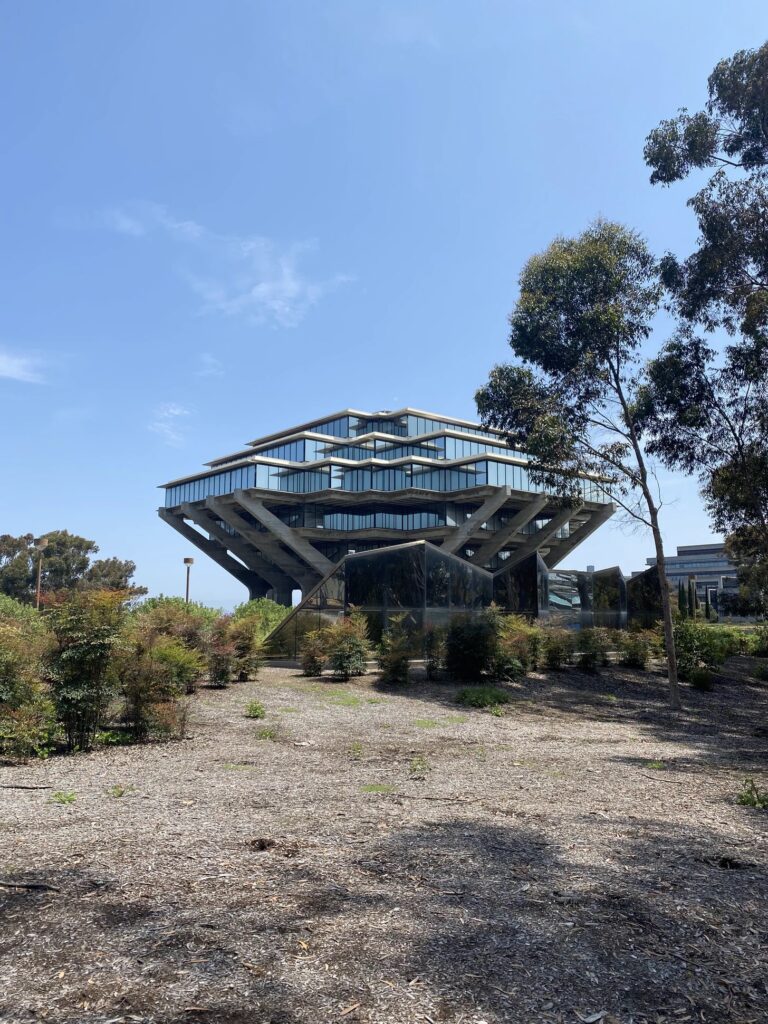
These are just some ways that UCSD is working towards building a more pleasant, green, and safe campus for its community. Cities across the nation can learn a thing or three from these initiatives.
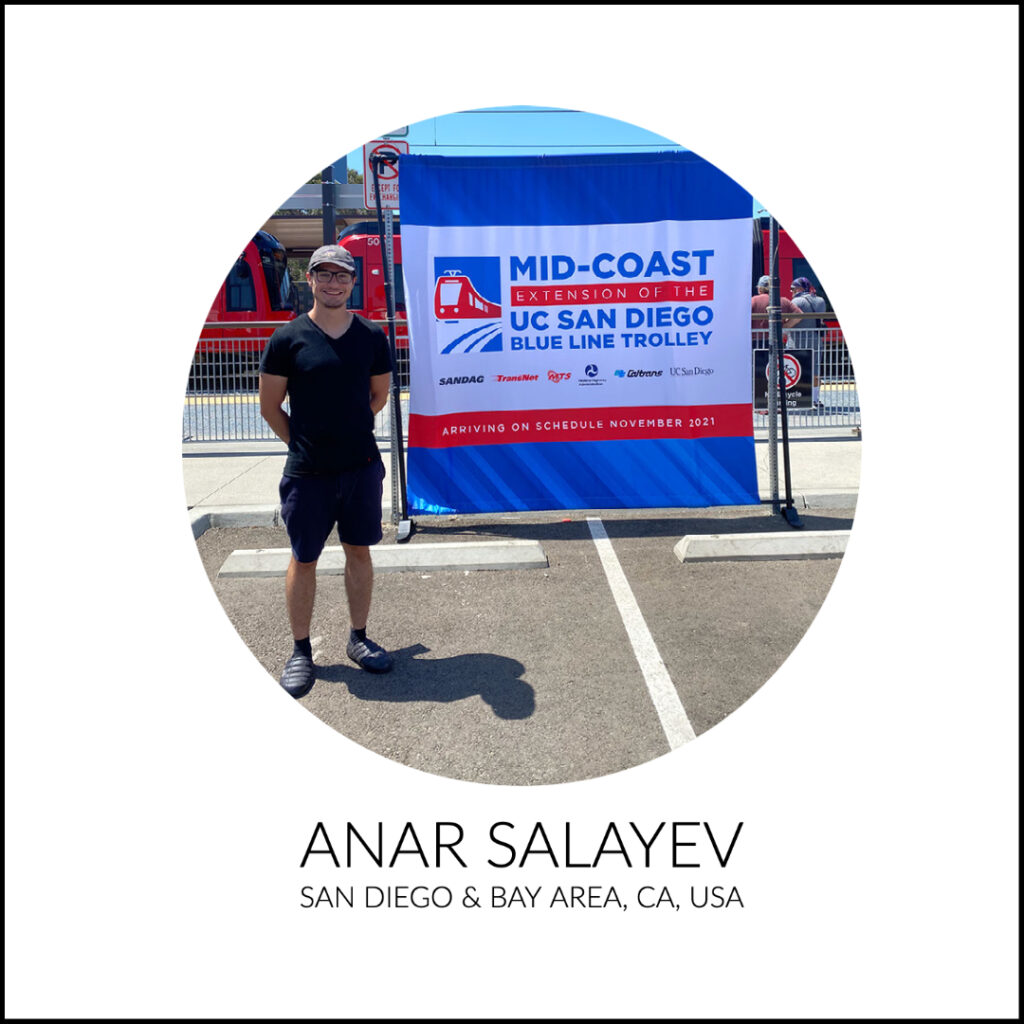
Anar is a car-enthusiast turned walkability advocate. He seeks a holistic understanding of the built environment. He believes that human-centric urban design will go a long way in combatting climate change, encouraging sustainable practices, and improving health outcomes – both mental and physical.
Read San Diego and Bay Area Correspondent Anar’s content here
Read more about the Global Walkability Correspondents Network here

